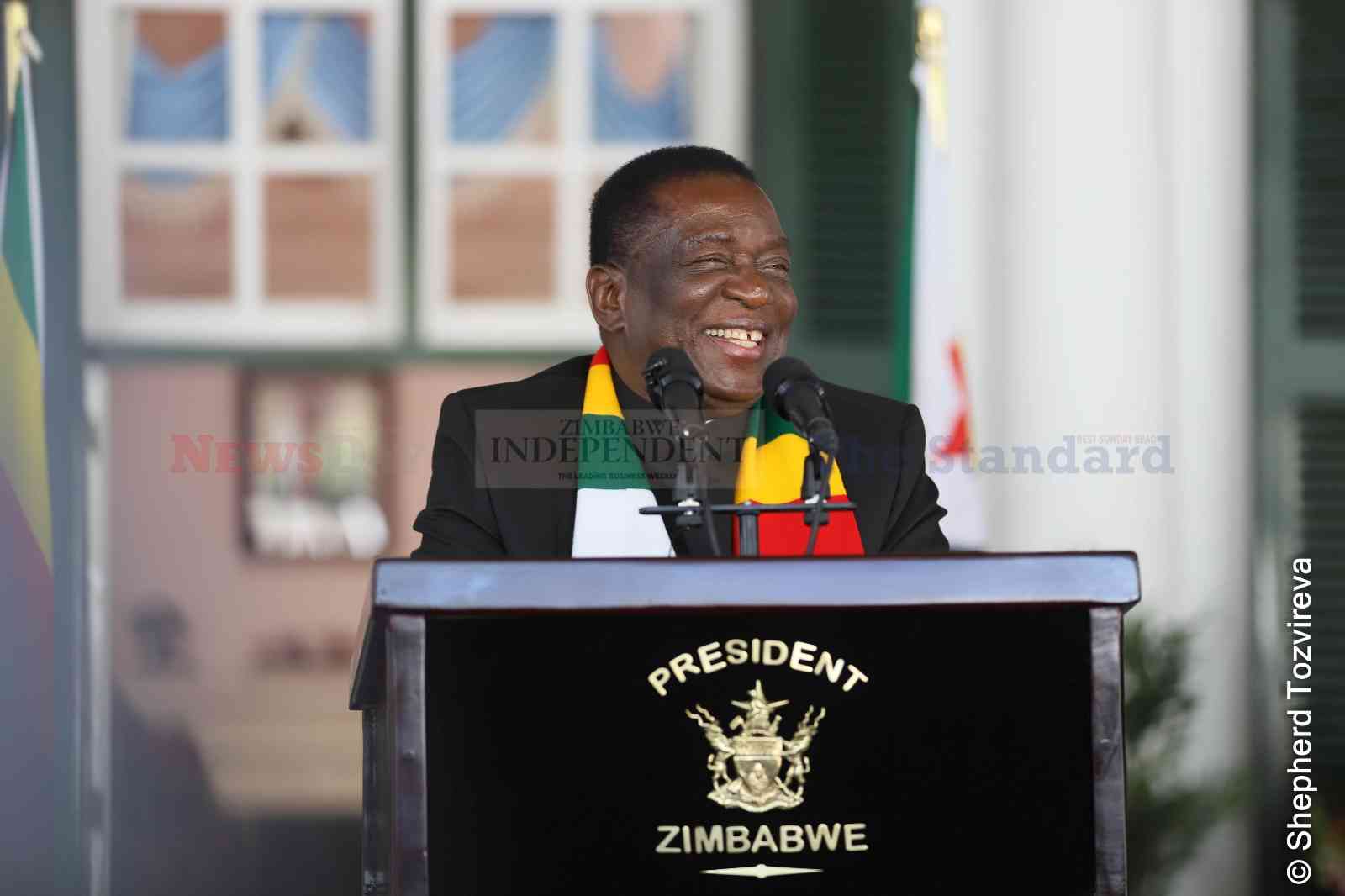
The word competitive tendering implies there is uncompetitive tendering. The main objectives of tendering process is to ensure a fair and transparent process of identifying the “best-fit” supplier of the required goods or service that offer the best value for money.
From the above explanation, not all suppliers best fit buyers’ requirements. A supplier might offer the best product, but may fail to meet the buyers’ minimum terms of engagement.
A technically competent supplier might not be commercially competent in the view of the buying organisation.
There is another dimension on fairness and transparency of the procurement process. A tender process can be fair and transparent or otherwise.
Development of fair and transparent tender processes requires a level of ethical conduct in addition to technical expertise and experience. Fairness and transparency can be overshadowed by lack of planning or the desire to create crisis for the benefit of the one driving the buying process.
Shoddy deals get management blessings in times of crisis because the slapdash solution comes as great relief to the buying organisation.
Procurement planning becomes a critical attribute to fair and transparent tendering processes. Determination of suppliers that best fit buyers’ organisational requirements is critical.
Many buyers want to determine the capacity of a buyer at the time of purchase and naturally, the focus is on price and the expense of various attributes that constitute a cost-effective purchase.
- Chamisa under fire over US$120K donation
- Mavhunga puts DeMbare into Chibuku quarterfinals
- Pension funds bet on Cabora Bassa oilfields
- Councils defy govt fire tender directive
Keep Reading
Buying organisations are therefore encouraged to screen suppliers before their appetite to purchase is high. With this in mind, it is recommended buyers screen their supplier well before they initiate a purchase in order to objectively evaluate the best fit suppliers.
This principle is relevant for both the private and public sector.
In the private sector, it is rather straightforward, suppliers may be invited to present proposals or are headhunted and an approved suppliers’ list is developed. This is also possible in the public sector where public sector procurement provisions are applied to identify a list of approved suppliers for a selected list of requirements.
Many public sector institutions do not take much regard to this provision and view public procurement provisions as an impediment to efficient procurement.
They in the process, fail to justify urgency of requirement and reasons why a particular course of action has to be taken and unfortunately, their requirements are turned down legally.
Determination of best-fit suppliers is driven by a procurement plan. If all buying institutions were taking time to develop procurement plans, the desire for competitive tendering process would be achieved in the public sector.
A procurement plan if properly drafted would include the list of organisational requirements. The buyer, in consultation with all internal stakeholders, would need to agree on the material and service requirement for the organisation.
The list will be valued to form the procurement budget for the organisation. Appropriate scheduling is done in light of organisational operational plan and financial constraints. Within the same plan, the method appropriate for procurement is determined reflecting the level of preparedness for an organisation.
A good procurement plan would include inclusion of appropriate specifications for the requirements. Buyers have difficulties in defining requirements especially when they are pressed for time resulting in confusion in the whole tendering process rendering it ineffective.
The specifications also include the most important section of invitation to tender documentation. This document is critical since it links potential suppliers and the organisation setting out precisely what characteristics are required of a supplier and the product or service sought.
It is necessary therefore that all staff involved in procurement understand the planning aspect to reduce maverick procurement
•Nyasha Chizu is a fellow of CIPS and CIPS Zimbabwe branch chairman writing in his personal capacity. Email: [email protected]











